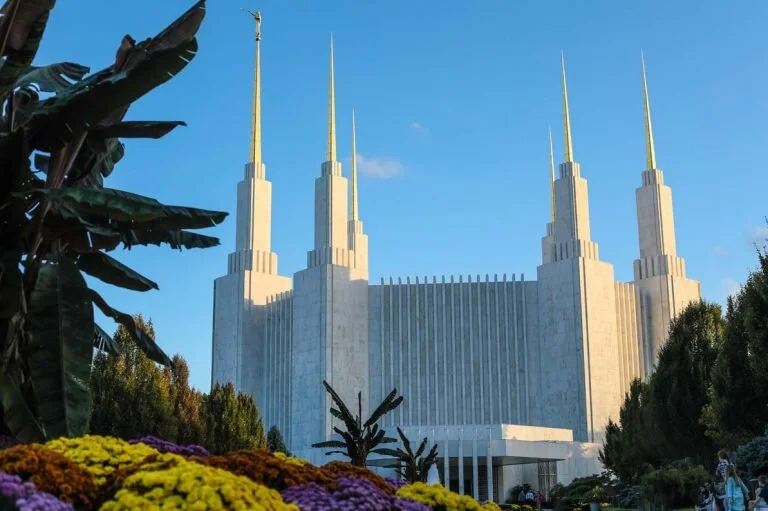Kensington’s early history is reflected in the Victorian architectural vision of Brainard Warner, known as the “founder of Kensington,” although there was a vibrant farming community here previous to Warner’s arrival.
Be sure to visit the still-operating train station to find out why Kensington is known as a town “where the train still stops and the people still walk.” The area around the Rock Creek basin where Kensington now sits was largely agricultural in 1873, when the B&O Railroad completed a rail line which crossed Montgomery County. The community flourished at the spot where the railroad line intersected the old Bethesda~to~Bladensburg Road. This early settlement initially was known as Knowles Station. In the early 1890s, Warner, a Washington financier, purchased parcels of land to build a planned “garden” community, and established a public library, with the help of Crosby Noyes, and a newspaper, with the help of Cornelius Clum. Inspired by a recent trip to London, Warner named his subdivision Kensington Park. In 1894, the town was incorporated as the Town of Kensington.
Kensington continued to develop as a summer refuge for Washington residents wishing to escape the capital’s humid summers. As years passed, it became a year-round home for all of its residents. The large, southernmost section originally mapped out by Warner remains largely unchanged since its inception, and is an Historic District protected by the Montgomery County Historic Preservation Commission. Revitalization projects improved the shopping areas of Metropolitan and Howard Avenues, and by 2001 the familiar cement plant across from the train station closed, giving the town the chance to add more parking on Metropolitan Avenue. In 2007 Warner Circle, in the center of the Historic District, was purchased through the Montgomery County Legacy Open Space Program making the land around the mansion a County Park.
[Source: explorekensington.com]

